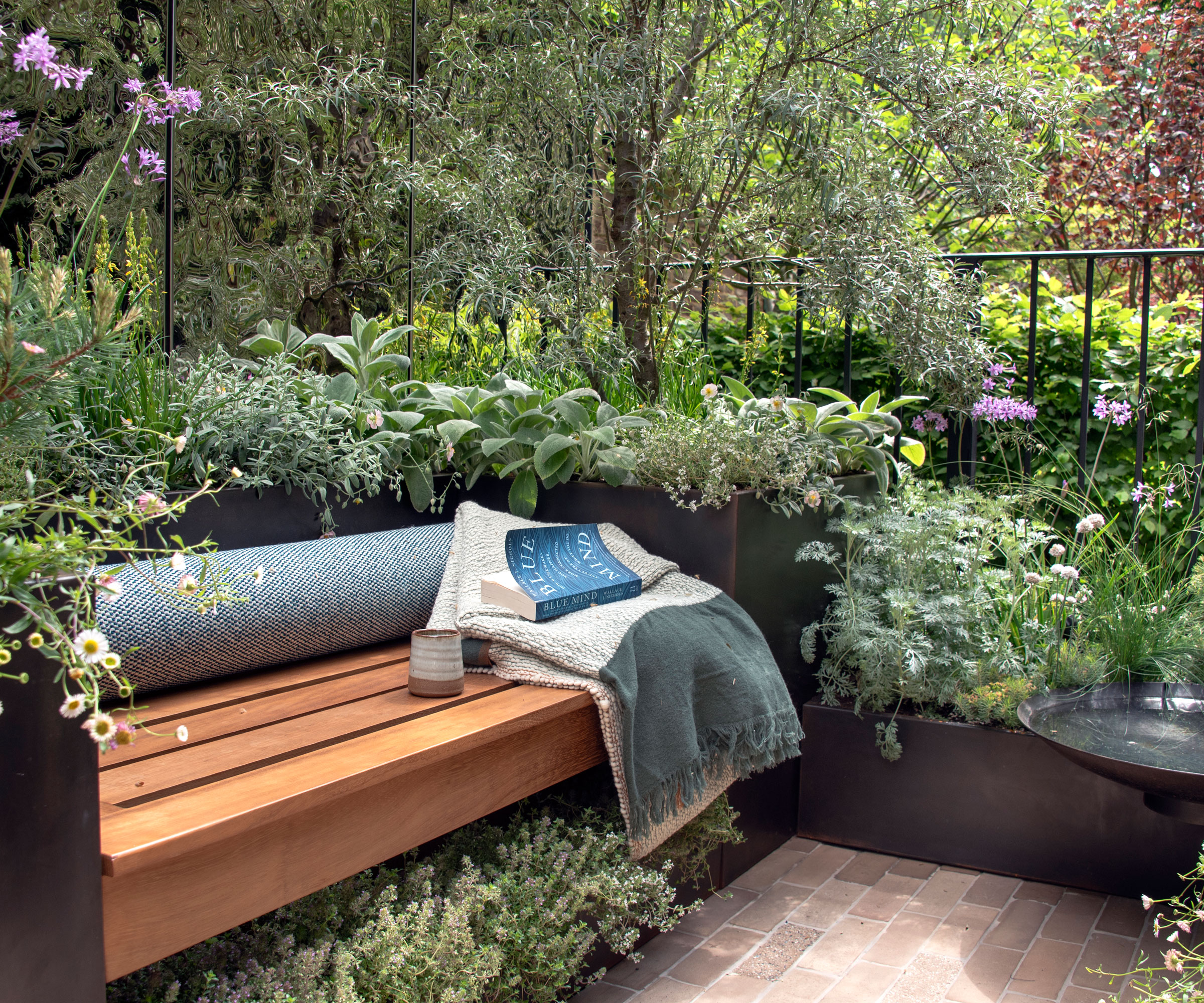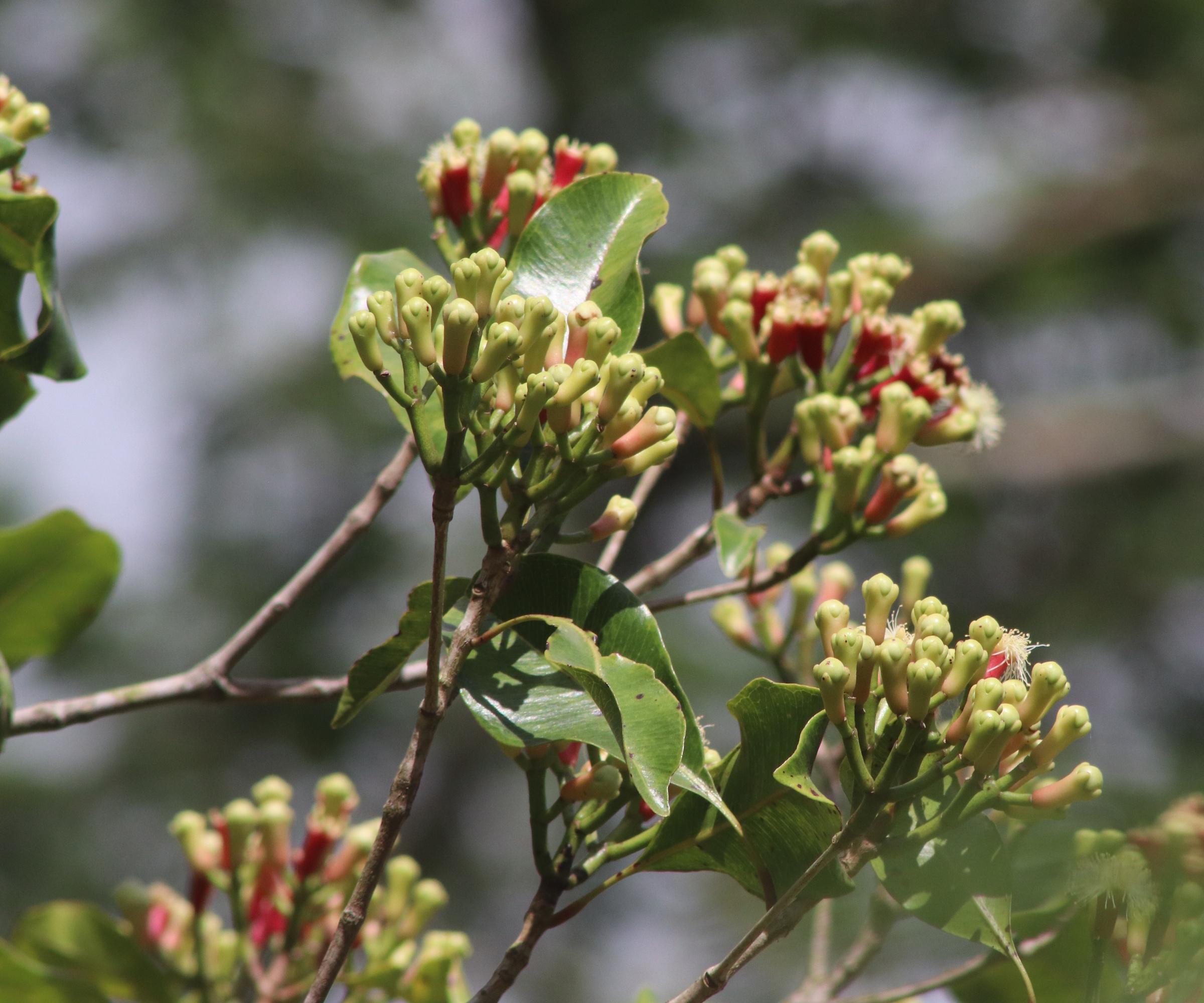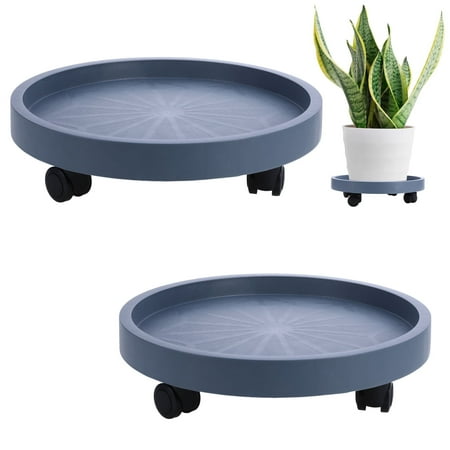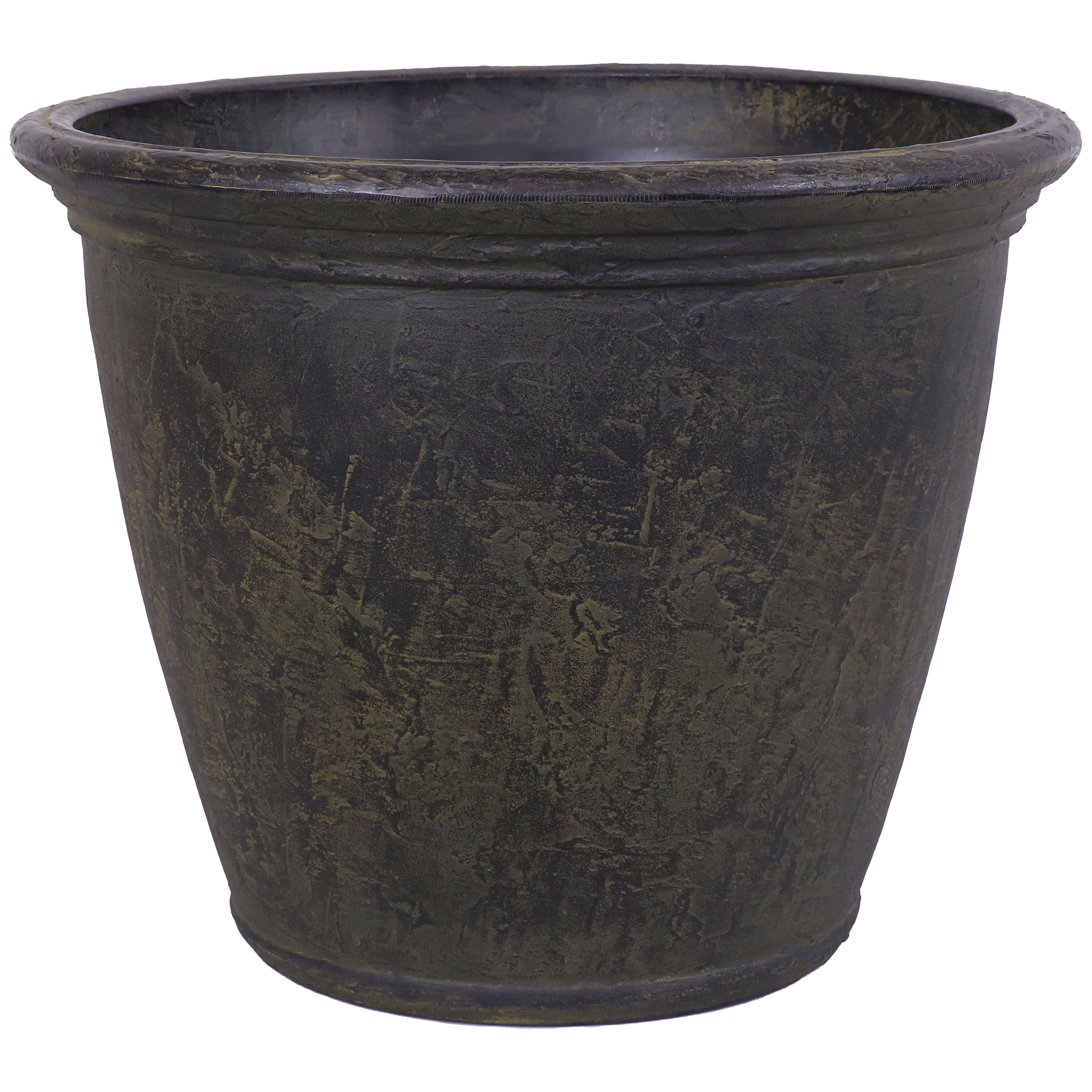How to grow clove trees in pots – for a mosquito-repelling evergreen plant that your patio needs
Clove trees are a natural way to deter pests from outside spaces


Clove trees, or Syzygium aromaticum, are native to hot, wet and sticky rainforest-like environments. While they tend to grow best in these terrains (cast your mind to tropical islands in Indonesia), with a bit of TLC, anyone can grow this fragrant spice tree at home in patio containers. And, if you are anything like me, you will love the aroma of this spice, whether for decoration at Christmas or used as a flavor in cooking.
Of course, some extra care is required when learning how to grow clove trees in pots, largely because this plant of the tropics does require summer humidity and winter protection. However, if you can get the growing conditions just right, this powerhouse plant more than earns its spot on your patio. Not only does it look good, but it will also serve as a natural way to deter mosquitoes, which detest an essential oil that the plant produces.
So, if you are looking to pest-proof your patio this year, but want to keep chemicals out of the yard, consider growing the clove tree, considered one of the best mosquito-repellent plants. Here, I share how to get started with this tropical species and keep blood-sucking pests at bay, without a citronella candle in sight.

Why potted clove trees are a really good idea
Seeking out natural pest control methods is always preferable to using chemicals to combat midges, mosquitoes and flies.
Sure, insects might be annoying, and no one wants to be covered in inflamed, itchy bites (the gardener's curse), but these so-called pests are actually a sign of a healthy ecosystem, and often attract hungry birds.
In fast, mosquito-dense areas will prove to be a draw during the hummingbird migration. The only catch? You would need many hundreds of birds in your yard to make a dent in the mosquito population.
That's why learning how to grow clove trees in pots is a smart idea to deter these biting insects from seating areas during summer, while not harming biodiversity or using harsh sprays.
Design expertise in your inbox – from inspiring decorating ideas and beautiful celebrity homes to practical gardening advice and shopping round-ups.
It is not a foolproof solution, but growing this spice tree might just help to keep bites to a minimum while also making your patio smell heavenly.
How to grow clove trees in pots

Clove trees might be best known as a spice cupboard essential, but they’re also surprisingly good patio plants.
Not only do these evergreen trees have attractive, elongated, waxy leaves, but they are also remarkably fragrant. And, it is this characteristic, a result of the high concentration of eugenol oil in the plant, that helps to repel mosquitoes.
While these are tropical plants, doing best in US hardiness zone 9 and zone 10, they can be coaxed to grow in containers in cooler, northern zones too, especially if you have a sheltered patio for the summertime, and a fall and winter protection plan in place.
Once you have sourced a clove tree (seek out a specialized local nursery that deals in tropical species), you are ready to get started.
Plant your statement tree in a medium to large-sized container, something around 15 to 18 inches deep and wide should do the job.
Fill your pot with a good quality, moisture-retentive potting mix, something like this organic potting soil by Whitney Farms, available via Walmart, mixing in some perlite or horticultural grit to improve drainage.
Be sure to firm your tree down, keeping the level of the plastic container the same in your new patio pot, so the tree is not sitting too low or too high.
Position it in a sunny, sheltered spot where it will enjoy plenty of sunshine, although in southern locations, some afternoon shade is no bad thing.
Ongoing care for clove trees in pots

After planting your clove tree, complete a spot of deep watering. Following this, sticking to a regular watering schedule is a good idea; soaking your pots once every week during cool spring weather, or every day when the temperature is high in summer.
Importantly, clove trees thrive in humid environments, so grouping pots together can help to increase humidity for patio plants.
You can also water the floor at the base of your pots, as well as mist the plant very early in the morning or late at night, using something like this plant mister spray bottle from Amazon.
Mulching is also a good idea, both in borders and in pots, which can help to reduce watering and improve the fertility of the soil. This cow manure sold via Amazon will get the job done, or any other homemade compost is a good option.
While the clove tree can grow up to 15 to 30 feet tall and wide, its growth will be much reduced in pots.
Pruning, therefore, won't be necessary for several years, as clove trees are very slow-growing. However, if you need to, you can simply snip any wayward stems during early spring.
When the temperature begins to drop towards the end of summer, it is time to protect your clove tree.
While this will vary from zone to zone, in general, you will want to move your pot indoors or to a greenhouse anytime from October, ensuring that it does not experience any temperatures below 50 degrees Fahrenheit.
There, the clove tree will remain until springtime, when all risk of frost has passed.
FAQs
Can I grow a clove tree indoors year-round?
Yes, you can try growing clove trees as indoor plants. Be sure to place containers in a bright location with plenty of indirect sunlight. You will also want a relatively consistent temperature, ranging from 65 to 80 degrees Fahrenheit. And, to increase humidity, opt for a pebble tray for plants, while also grouping house plants together.
You will want to repot your clove tree every three years, carefully lifting it out of its container in spring and moving it to a slightly bigger pot with new soil.
While this can be tricky (and might require a second pair of hands for larger specimens), it will undoubtedly help to keep plants in good health.
For more pest-control inspiration, see our guide on using marigolds in a vegetable garden, which can help to lure aphids and hungry insects away from your prized blooms.
Shop pot plant accessories

Thomas is a Content Editor within the Gardens Team at Homes and Gardens. He has worked as a professional gardener for both public spaces and private estates, specializing in productive gardening, growing food and flowers. Trained in Horticulture at the Garden Museum, he has written on gardening and garden history for various publications, including The English Garden, Gardens Illustrated, Hortus, The London Gardener and Bloom. He has co-authored a Lonely Planet travel book, The Tree Atlas, due out in 2024.
You must confirm your public display name before commenting
Please logout and then login again, you will then be prompted to enter your display name.


